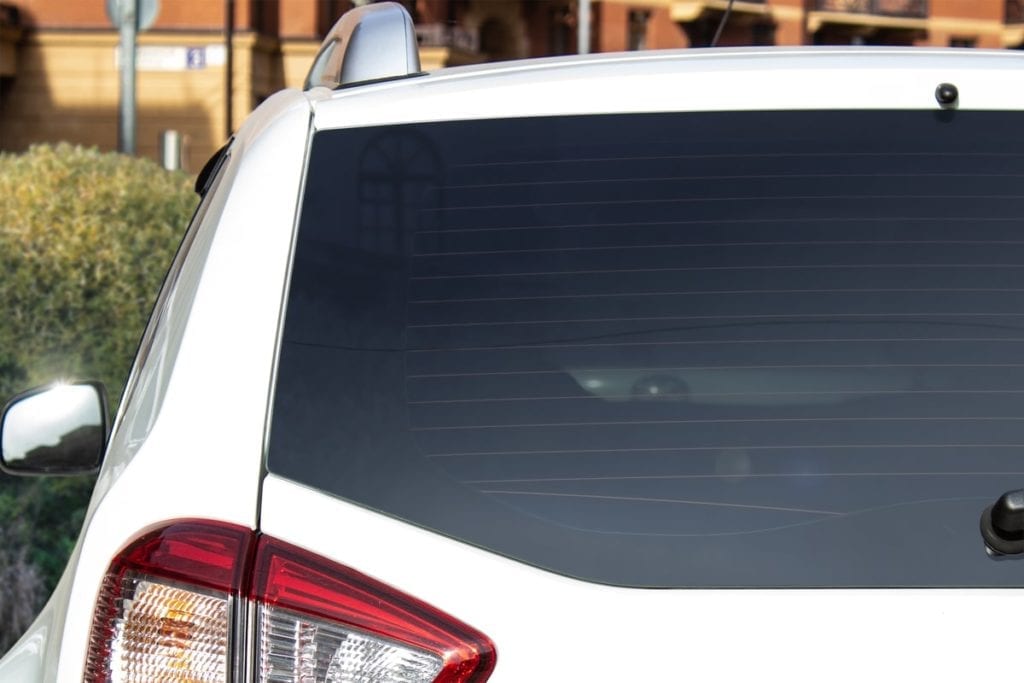
Auto Glass in Cars: What Are the Main Types?
Glass has been important in cars for decades, going right back to some of the earliest models. But auto glass has evolved over the years for both comfort and safety reasons. Using standard glass in windshields, for example, would be incredibly dangerous because broken shards of razor-sharp glass could cause serious injuries in accidents.
But things have changed a lot since then, and glass technology has come a long way. Here, we take a look at the different types of auto glass used in cars today along with their uses.
Laminated Glass
Laminated glass is one of the most common types of glass used in vehicles. It consists of a pane of glass made from two separate sheets that are stuck together with PVB (polyvinyl butyral) and then fused together under high temperatures.
The result is an incredibly strong type of glass that can withstand impacts much more effectively than standard glass.
What’s more, when a car is involved in a crash, laminated glass does not shatter. While it can break in a crash, the PVB layer keeps it intact so that no sharp shards of glass fly about and cause serious injuries.
Laminated glass can also help to reduce injury in a crash by acting as a barrier. If a passenger is thrown into the glass, it has a cushioning effect that can help to reduce the severity of the injuries sustained.
By law, all windshields are made from laminated glass. And while side windows and rear windows do not have to be made from laminated glass, more cars are now using this type of glass in these windows too.
Tempered Glass
Tempered glass is the other major type of auto glass in use today. This is also known as toughened glass. That’s because, when compared to standard glass, it is up to four times stronger.
Tempered glass consists of single-ply glass that has been heated to over 600°C. It then goes through a fast cooling procedure called quenching, resulting in a much stronger glass.
As well as being strong, tempered glass has another important benefit. While it will shatter in a powerful impact, it breaks into many small pieces with blunt edges, rather than dangerous sharp shards of glass, reducing the chance of serious injuries caused by sharp glass flying around.
It is often used in the rear and side windows as well as sunroofs, but some car models now come with laminated glass instead.
Laminated and Tempered Glass: Which Is Best?
Neither type of auto glass is better than the other, but they do have some important pros and cons. For example, if laminated glass picks up minor damage like a small crack it can be repaired, while tempered glass has to be replaced – at greater cost.
However, laminated glass is usually quite a lot more expensive than tempered glass, and it is also not as strong. On the plus side, it prevents more ultraviolet light from entering the vehicle than tempered glass.
Solar Glass
Solar glass is designed to reduce the amount of heat entering the vehicle thereby increasing comfort levels for the passengers. It is often used in windshields, and it contains a high iron content that absorbs the heat and prevents it from getting into the car – which is particularly useful in hot climates like Western Australia.
Standard glass combined with solar technology looks like normal glass but allows light to get in while reducing the amount of radiation. The low-emittance (Low-E) coating is invisible, and it is usually a permanent coating that does not need to be replaced.
Heated Glass
Heated glass is glass that is heated electronically, and it has long been used in vehicles. It usually consists of glass containing thin wires that can quickly heat up to high temperatures.
When the driver turns the heating on, the wires heat up instantly, melting ice as well as helping to defog the window. It is most commonly used in rear windows, but it can also be found in front windows. It is mainly used for convenience, by helping to defog windows it can also help to improve visibility, making driving safer.
Another type of heated glass is where a transparent coating that is electrically conductive is applied to the glass and a current is then passed through it to create heat and warm the glass with the same results. This is sometimes used on windshields as well as side windows.
XIR Glass
XIR glass is a type of auto glass that has been specially designed for safety and heat resistance in cars. It tends to be mostly used in heavy machinery where its excellent heat resistance provides increased comfort for the operators.
XIR glass is stronger and more durable than laminated glass, and it has many advantages, including increasing the safety of operators using the machinery. Because it reduces solar heat gain and has noise-reduction properties, it increases comfort and reduces fatigue.
Its strength means there is less need to replace the glass and less downtime for machines, helping to increase productivity.
Lots of Variety in Auto Glass
Auto glass has come a long way, ensuring a safer and more comfortable drive for everyone. And as technology continues to advance, we’re likely to see other developments over the coming years and decades.